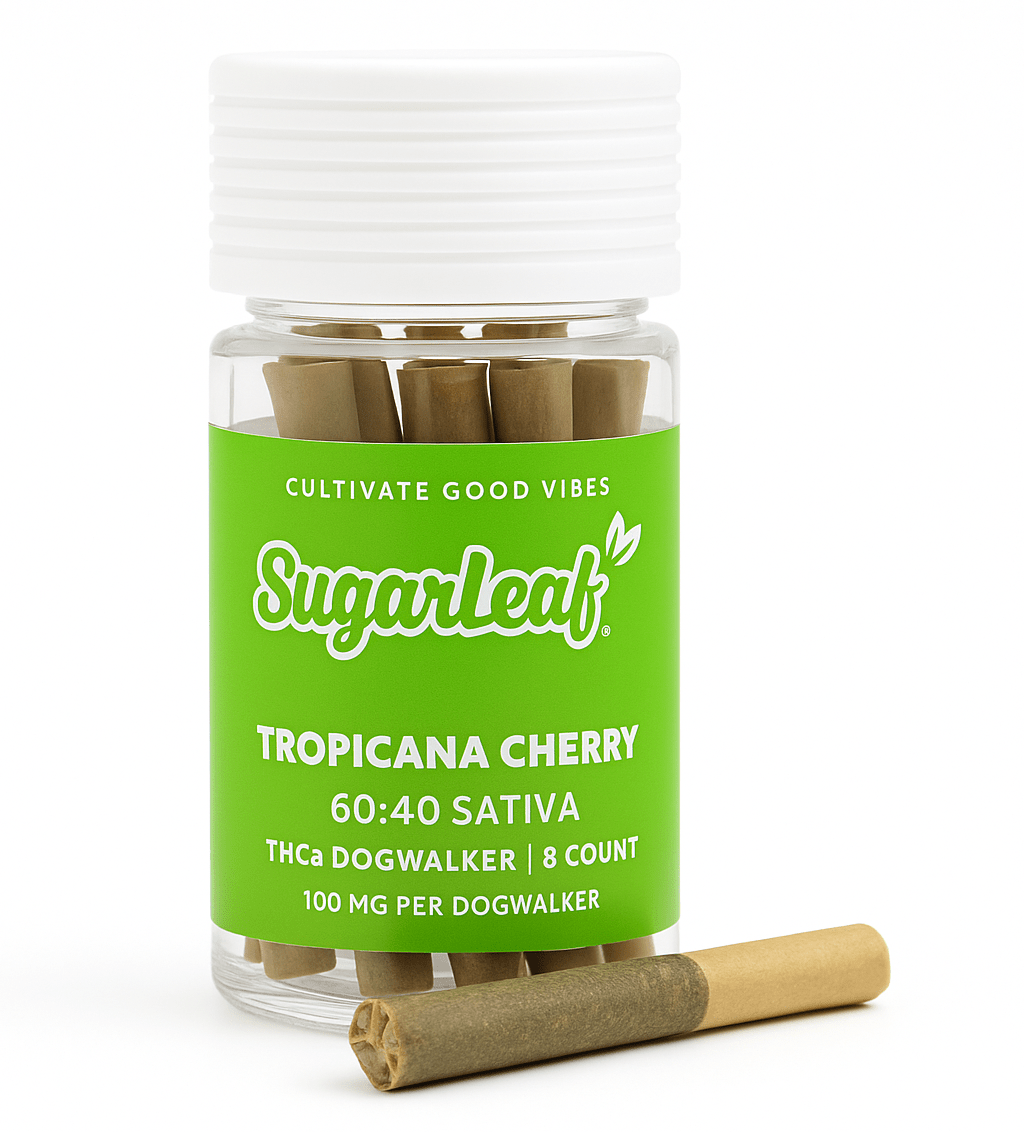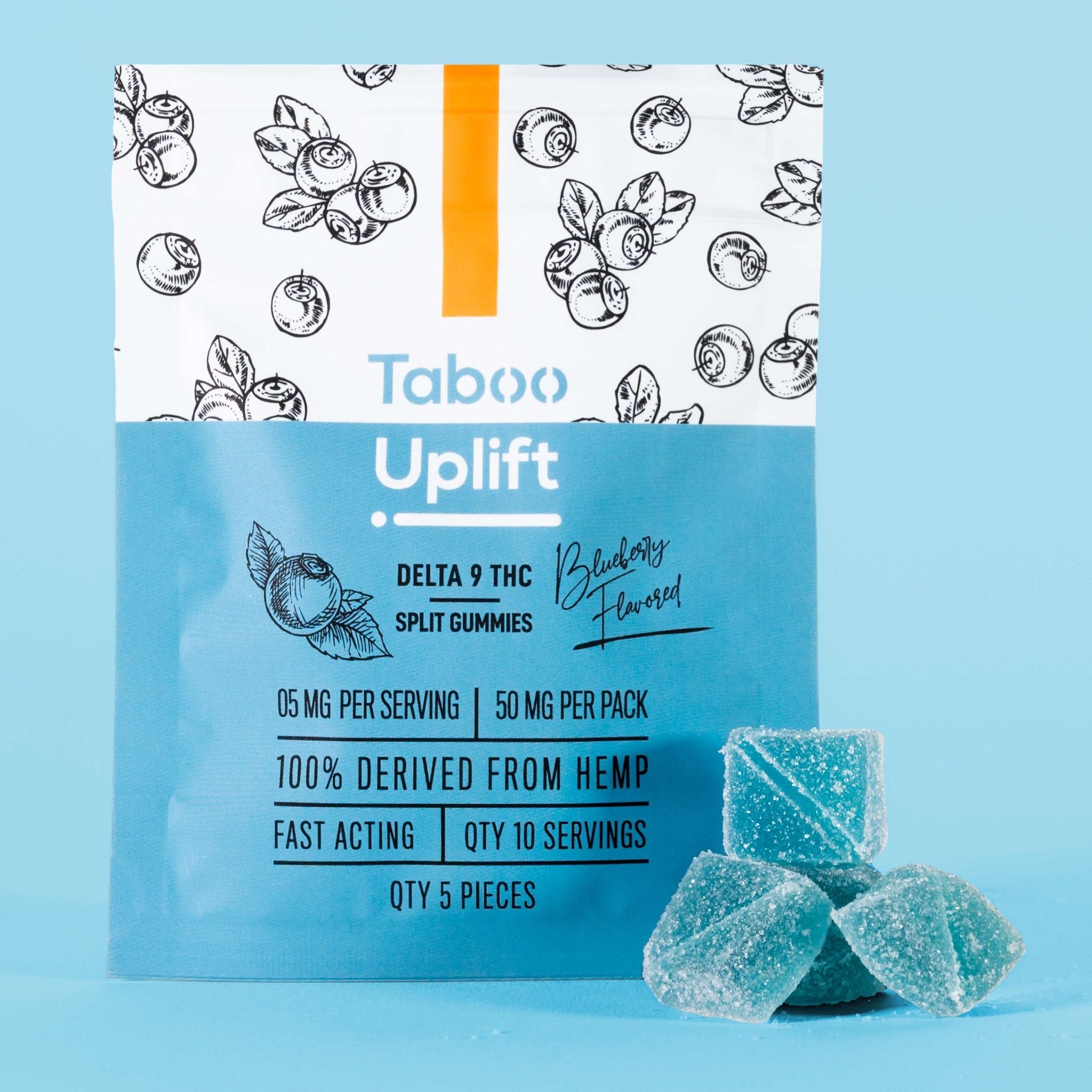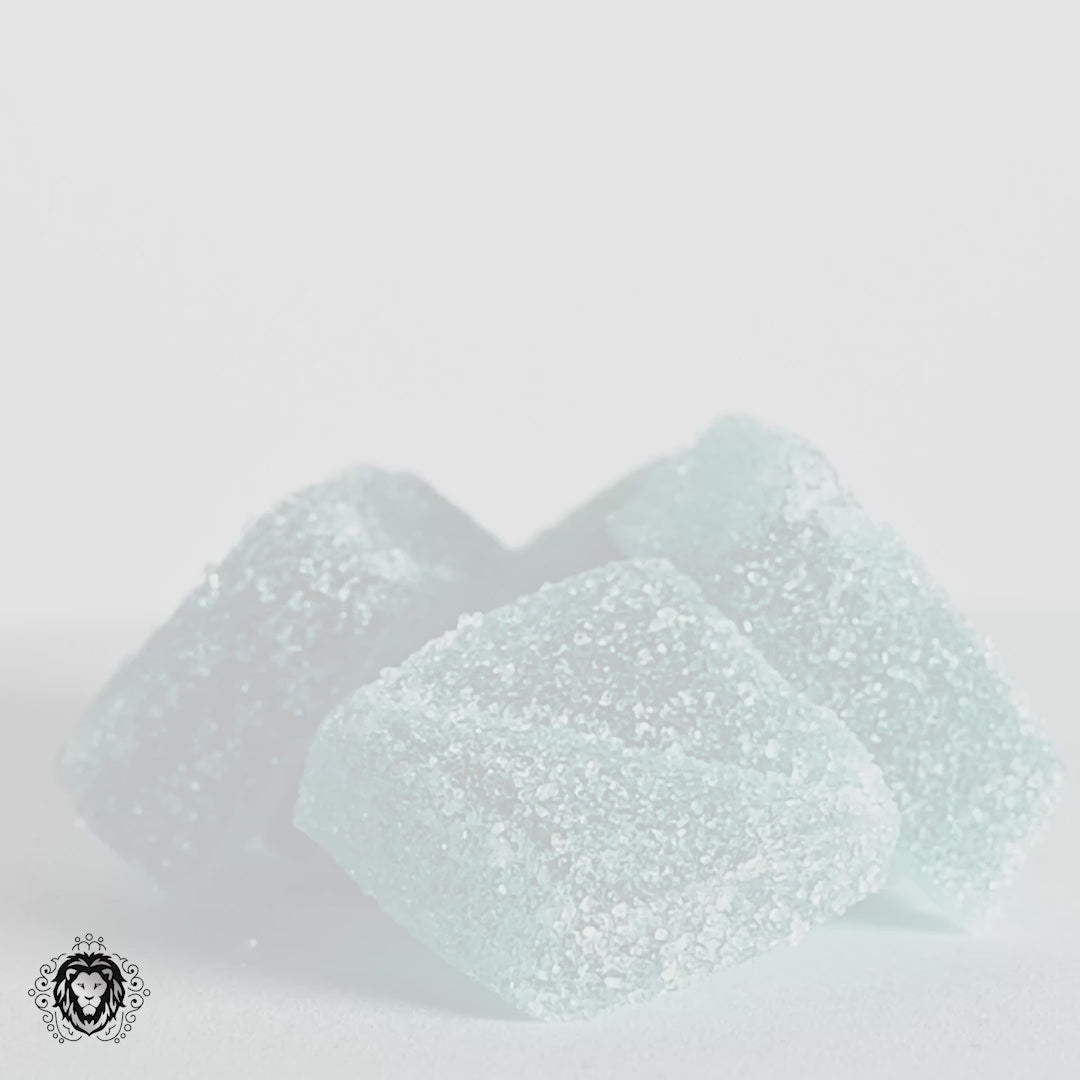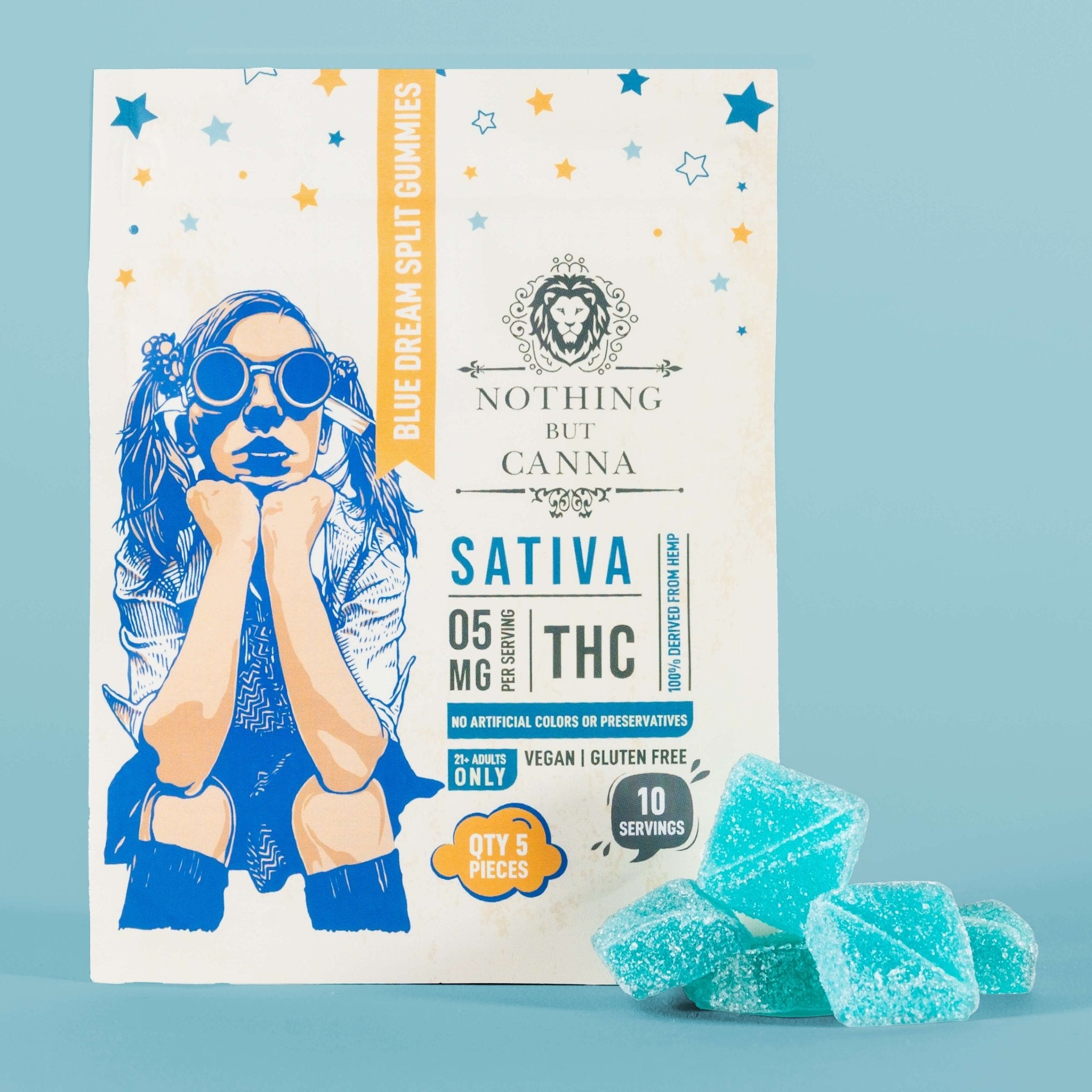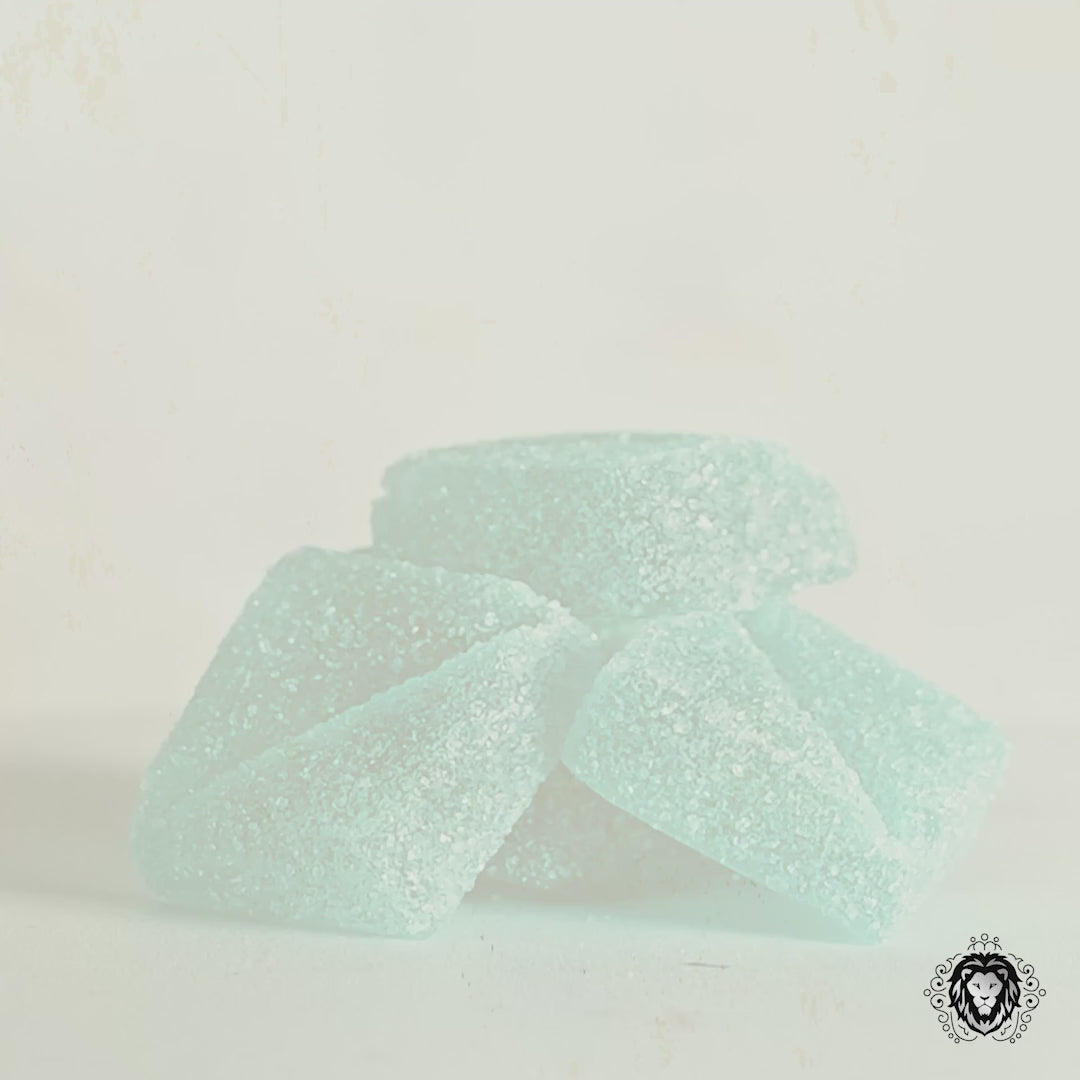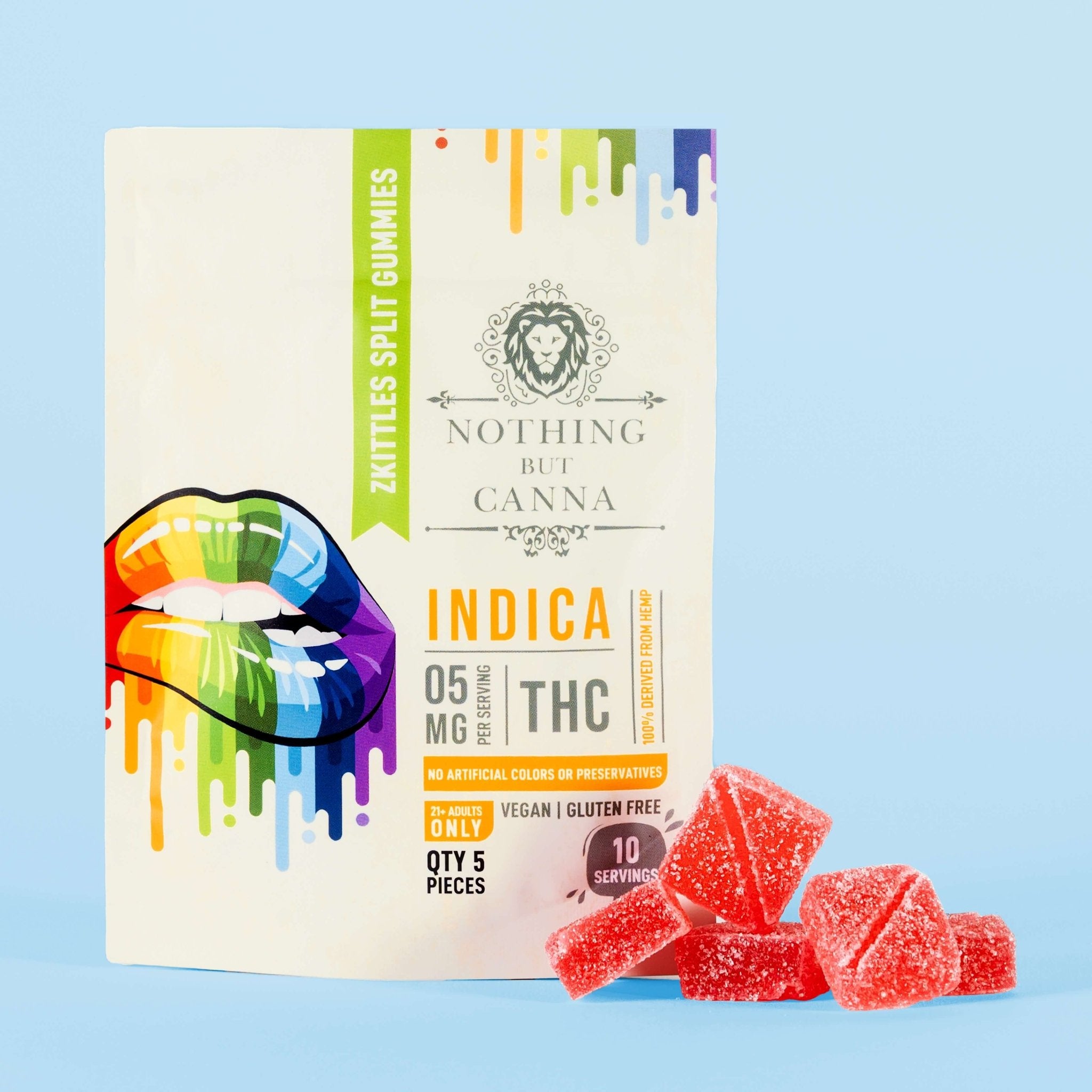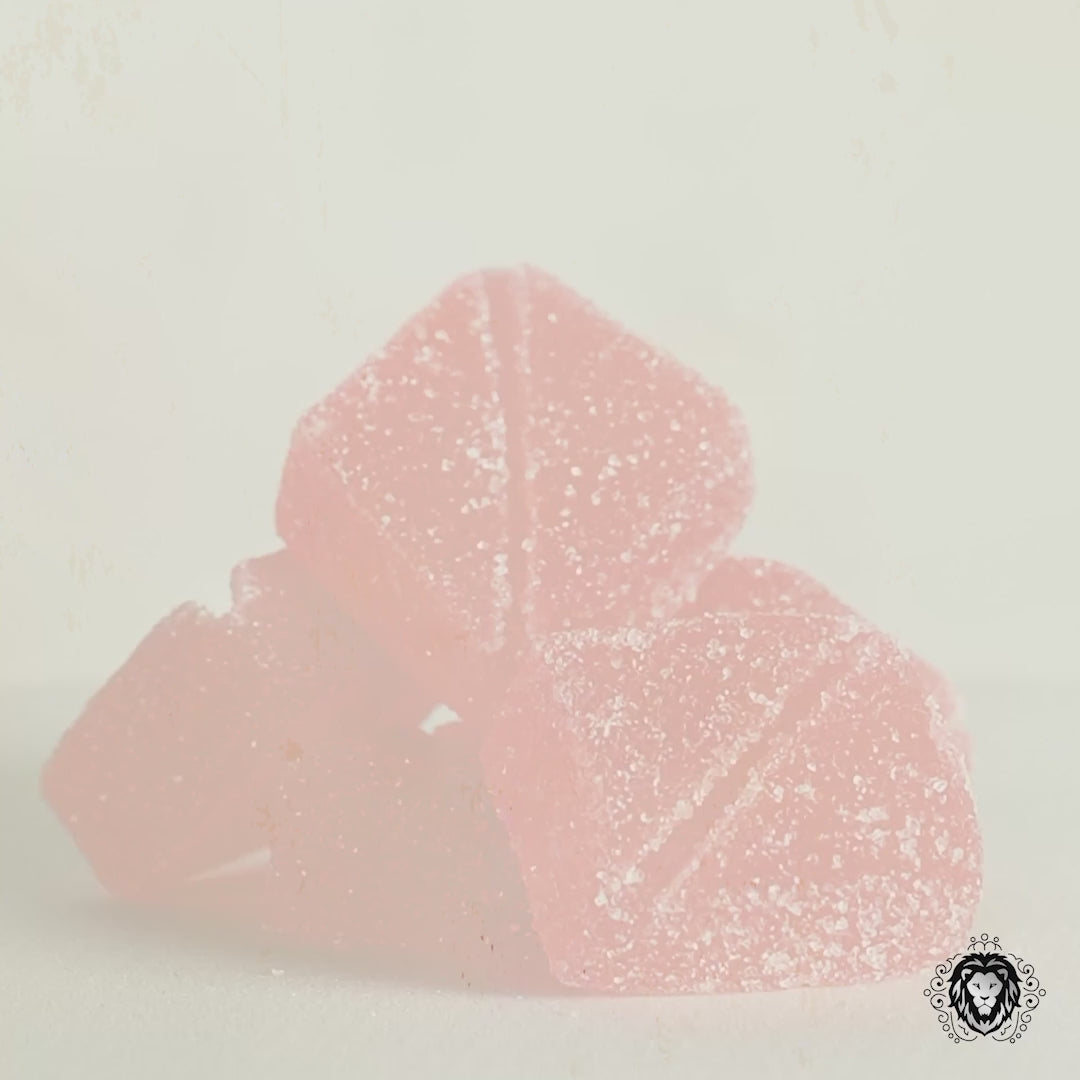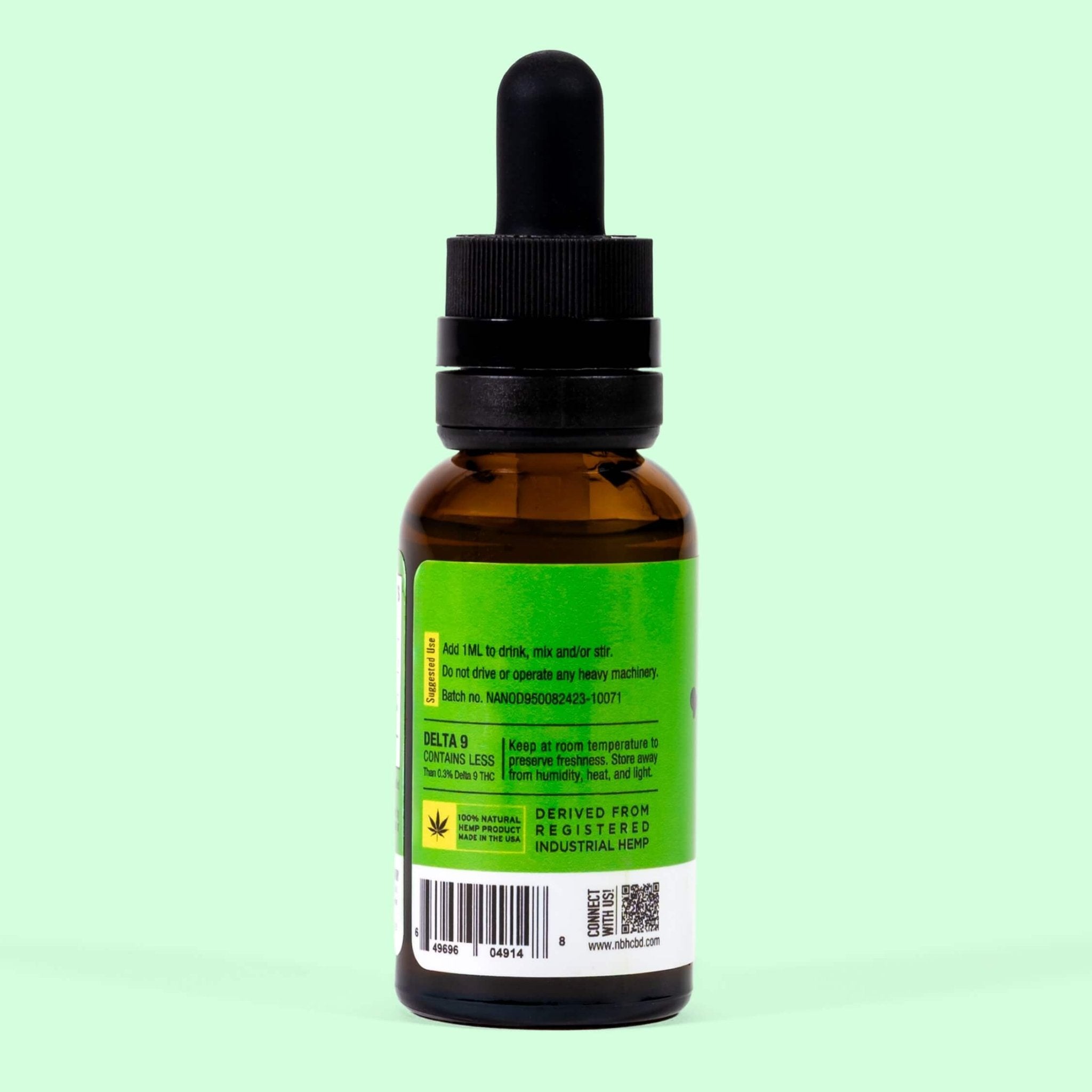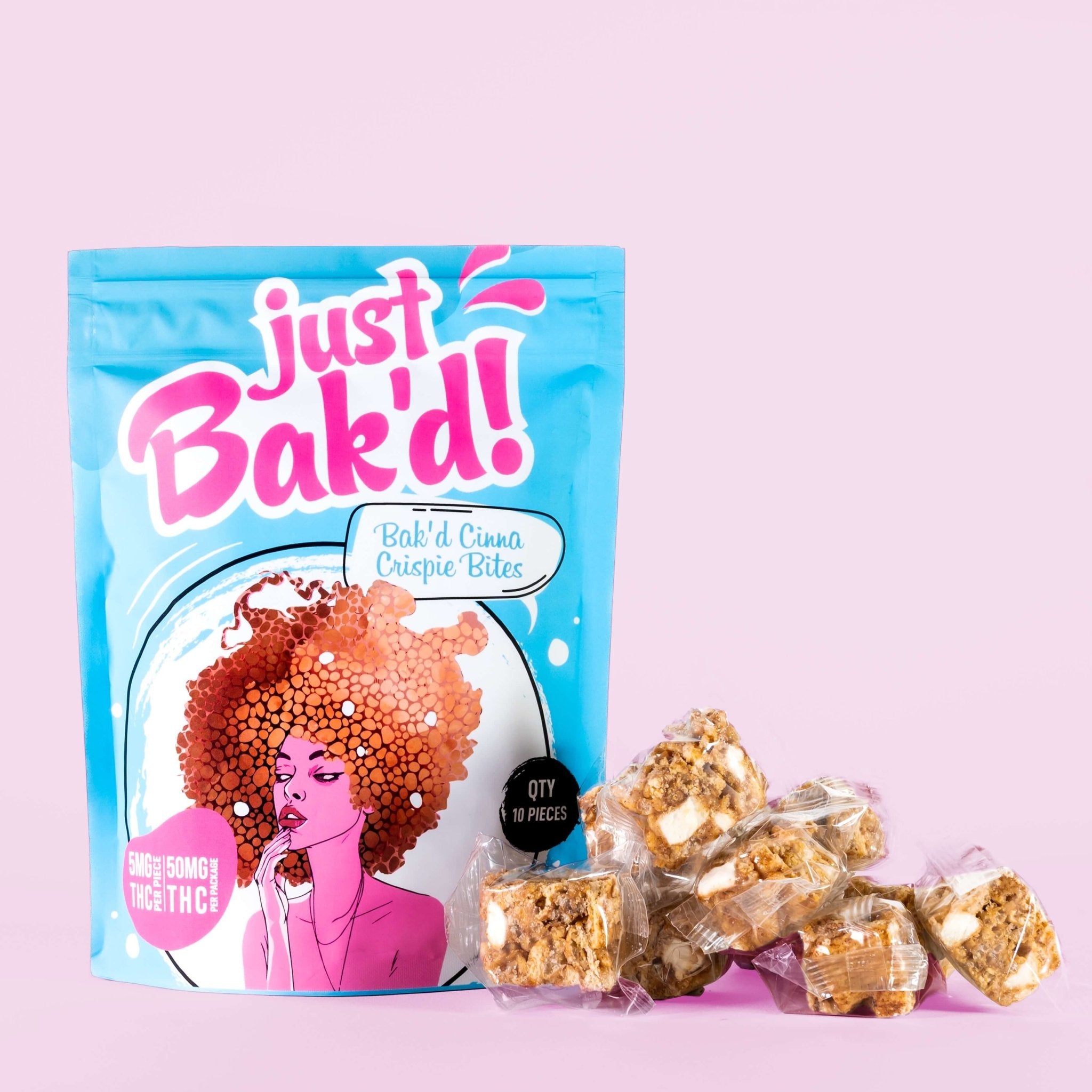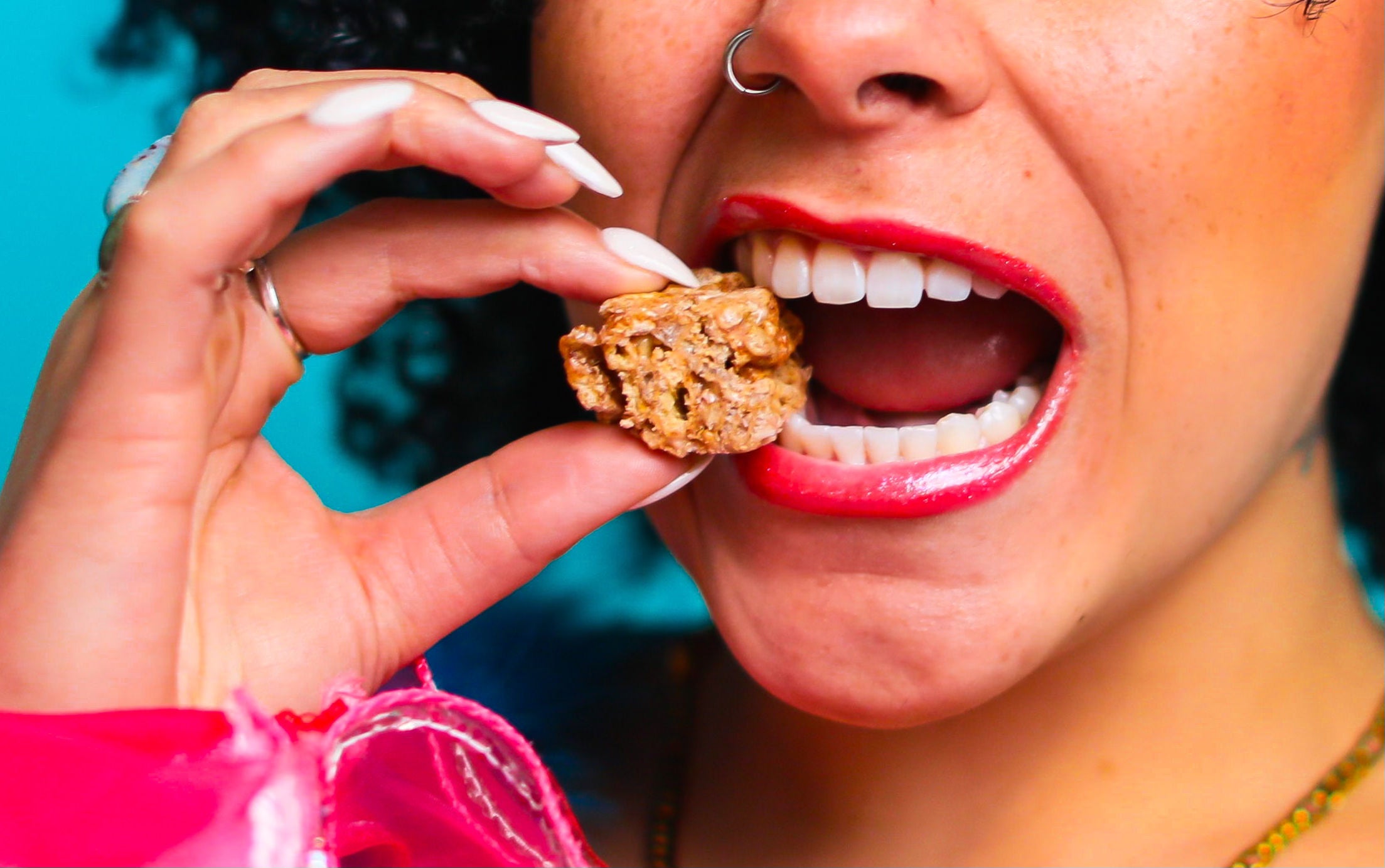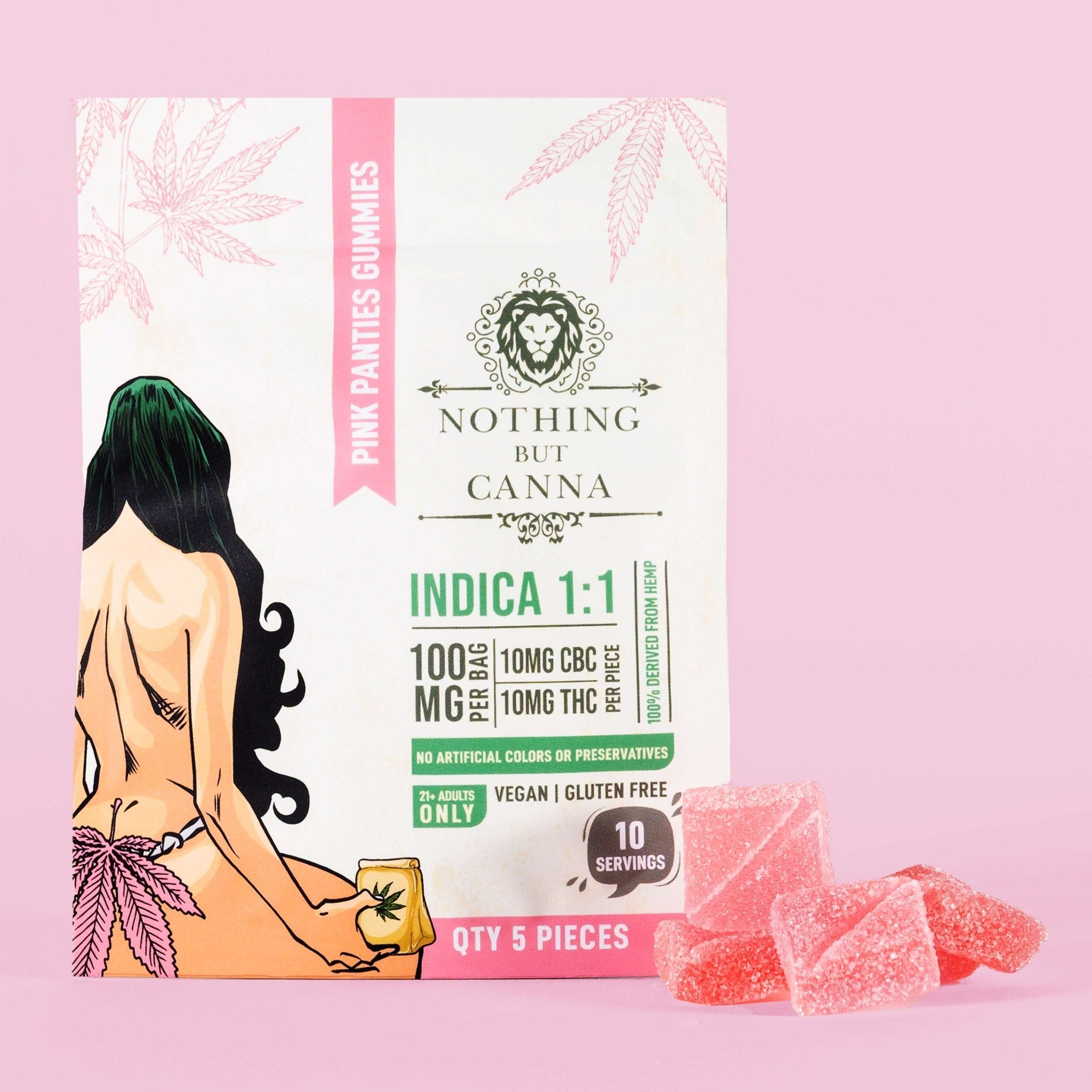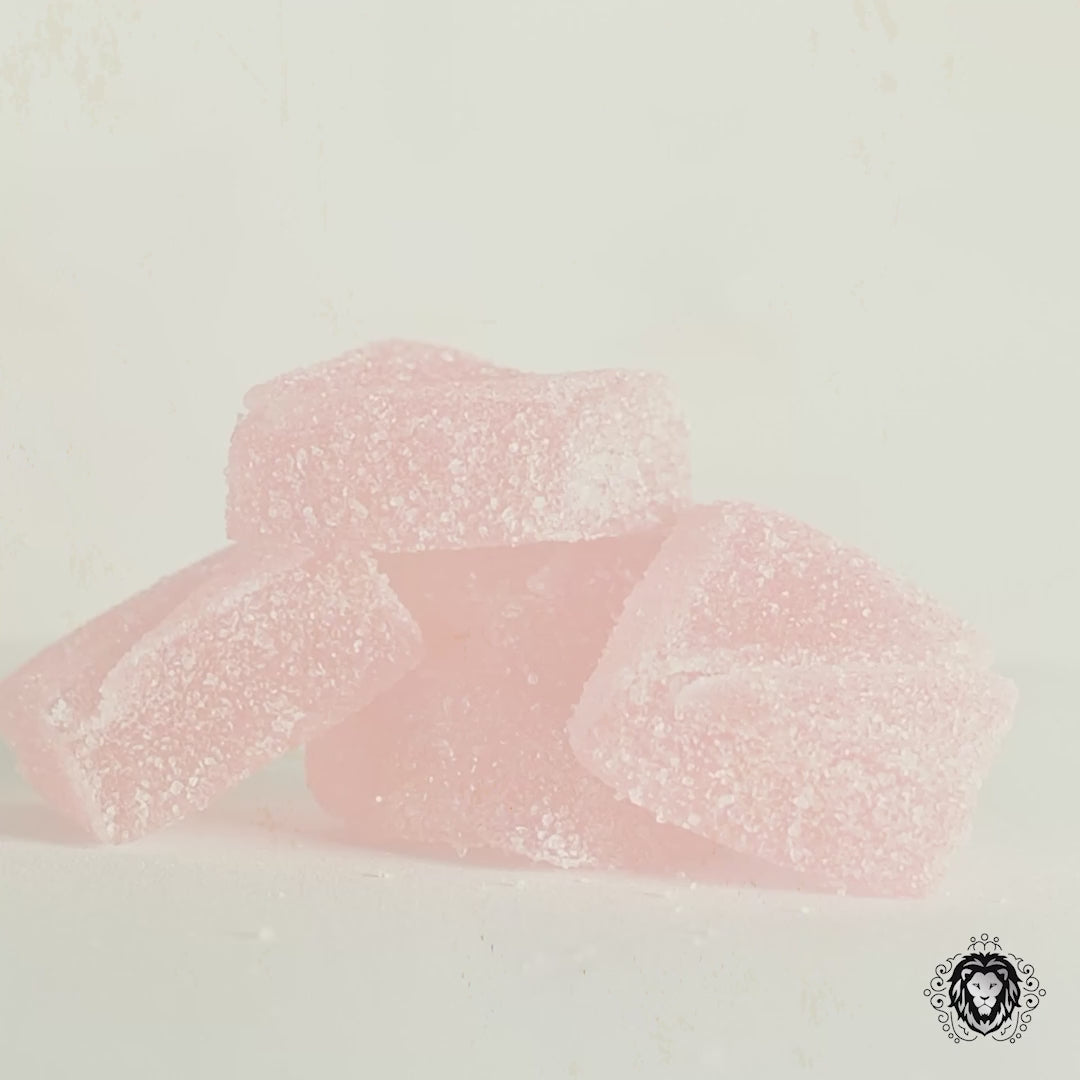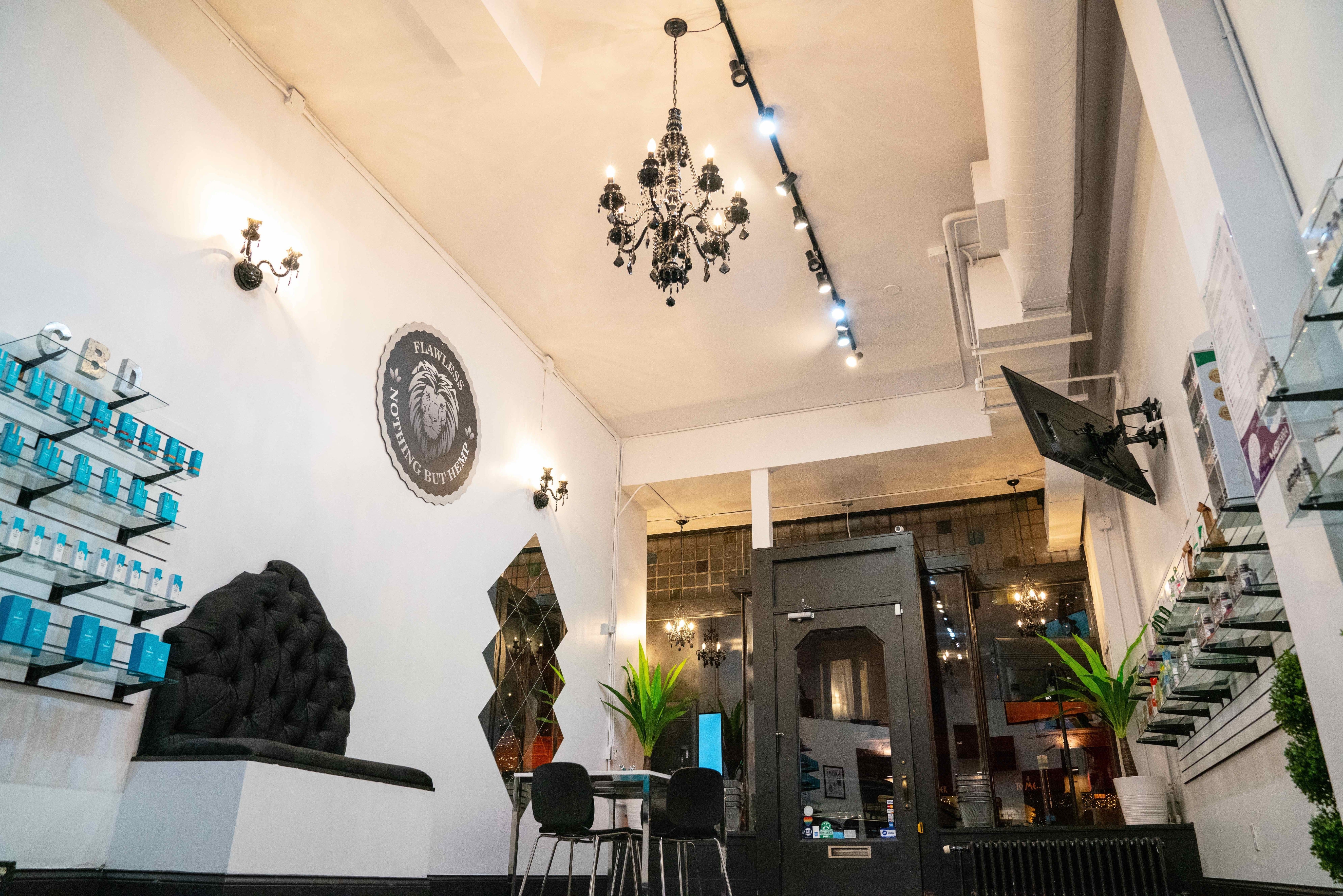
You’ve likely seen reporting, especially here at the Nothing But Hemp blog, indicating that farmers across the U.S. have turned to hemp amid economic uncertainty.
This is certainly the case since the 2018 Farm Bill legalized the products federally in December. Still, there are limits to the forms of hemp that are allowed to be grown in America, and Hawai’i farmers are facing some of the consequences of draconian regulations amid the country’s first growing season with cannabis.
The Farm Bill legalized industrial hemp at the federal level, right in time for cultivation as exports have drastically dropped thanks to the escalating trade war.
Hemp can be used in textiles, clothing, certain experimental plastics, but mainly in the new and thriving CBD industry. Cannabidiol, or CBD, is a hemp derivative that is related to marijuana but lacks the THC that alters users’ minds and makes them high.
People use CBD products for their anxiety and chronic pain, along with insomnia and forms of epilepsy. Some full-spectrum CBD products contain trace amounts of THC to foster what’s called the “entourage effect,” but THC levels are capped at 0.3% legally, which is what got Hawai’ian farmers in trouble.
According to the Honolulu Star-Advertiser, over half of all the hemp grown over the course of the 2019 growing season so far has been seized by the government for violating these maximum THC levels. [1]
The Hawai’i Department of Agriculture said 18 farms were found to have “hot” crops, and most of these plots needed to be destroyed. [2]
According to the Star-Advertiser, four of the crops were given special waivers because their plants tested just over the legal limit. [1]
“It’s honestly expected and fairly routine in the sense that it is really hard to grow a plant that is 0.3% or below, and it is also really difficult in Hawaii because we have a really unique climate and photoperiod as compared to other states,” said Shelley Choy of the Hawai’i Dept. of Agriculture.
The crops were all started on Hawai’i farms licensed by the state and using state-approved hemp seed varieties, so it was hardly the farmers and researchers’ fault the THC levels ended up where they did.
“Genetics which work in other states don’t necessarily work the same here, and it is all experimental,” Choy said. [2]
To learn more about the development of hemp crops across the U.S. during 2019, the first legal commercial growing season for the plant, head over to Nothing But Hemp for more information on how old farms and industries are finding new life with the wonders of industrial hemp and CBD!
Sources




